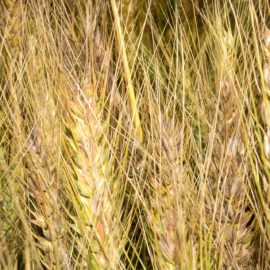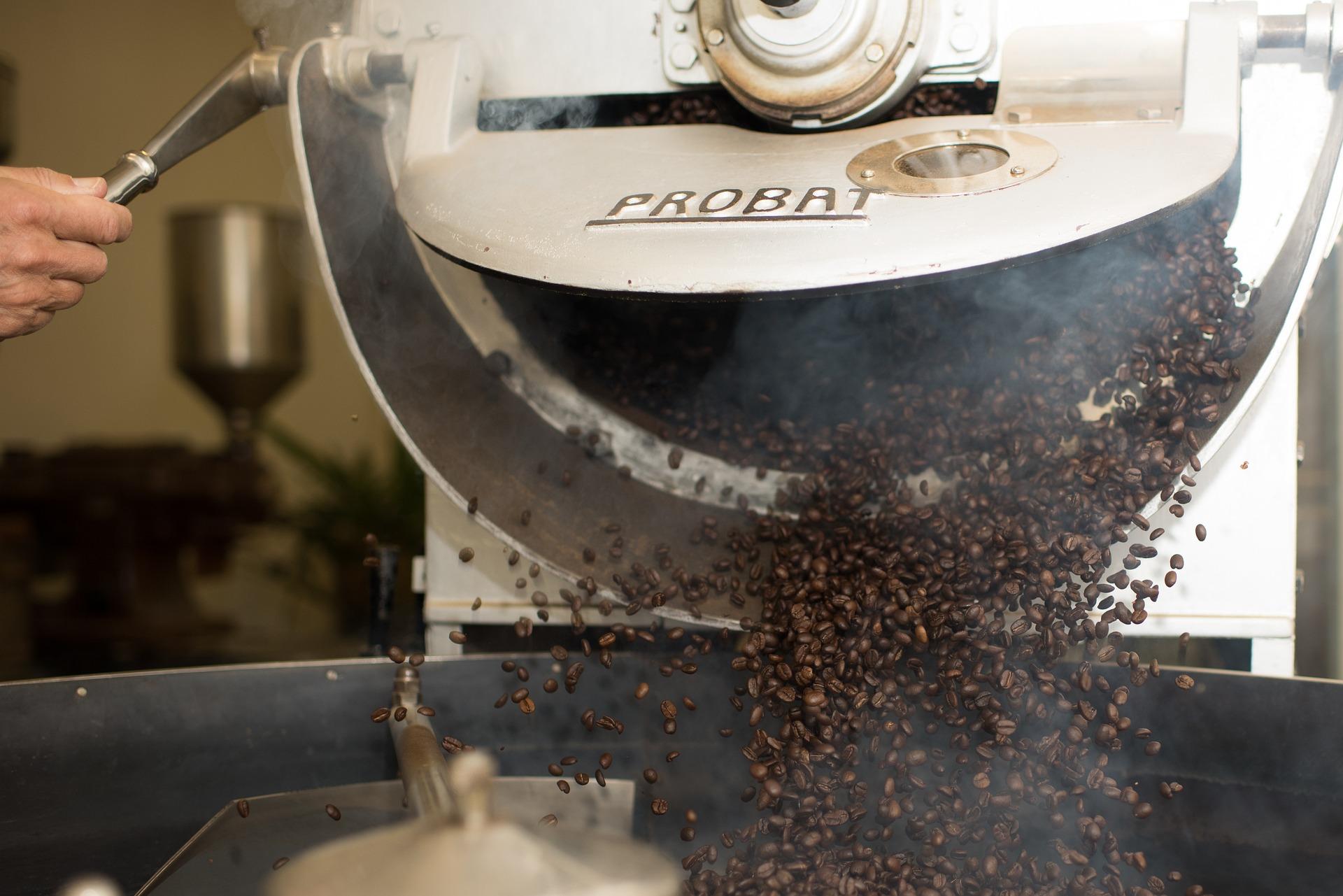
The terms “fortified” and enriched” are very common labeling terms when talking about nutrients. They are usually read on labels of food products such as breakfast cereals, fruit juices, baked goods, and dairy products. Some people believe they are the same thing. Well, kind of— they both mean the addition of nutrients in food. But there is a difference.
Here it is.
FORTIFIED REFERS TO THE ADDED NUTRIENTS NOT ORIGINALLY IN THE FOOD
Fortification means the practice of deliberately adding an essential micronutrient, which was not originally there. Generally, fortification is done to increase the intake of a micronutrient deficient in the diet of a certain population. Currently, fortification has more applications in developing countries, where micronutrient deficiency is more widespread.
Fortification started in the early 1920s when iodine was first added to salt to treat goiter, a prevalent health problem back then in the United States. Today, iodized salt is a common product of fortification to fight iodine deficiency. Although Americans are now iodine-sufficient, iodine deficiency is still global concern. In fact, an approximate 2 billion people are iodine-deficient.
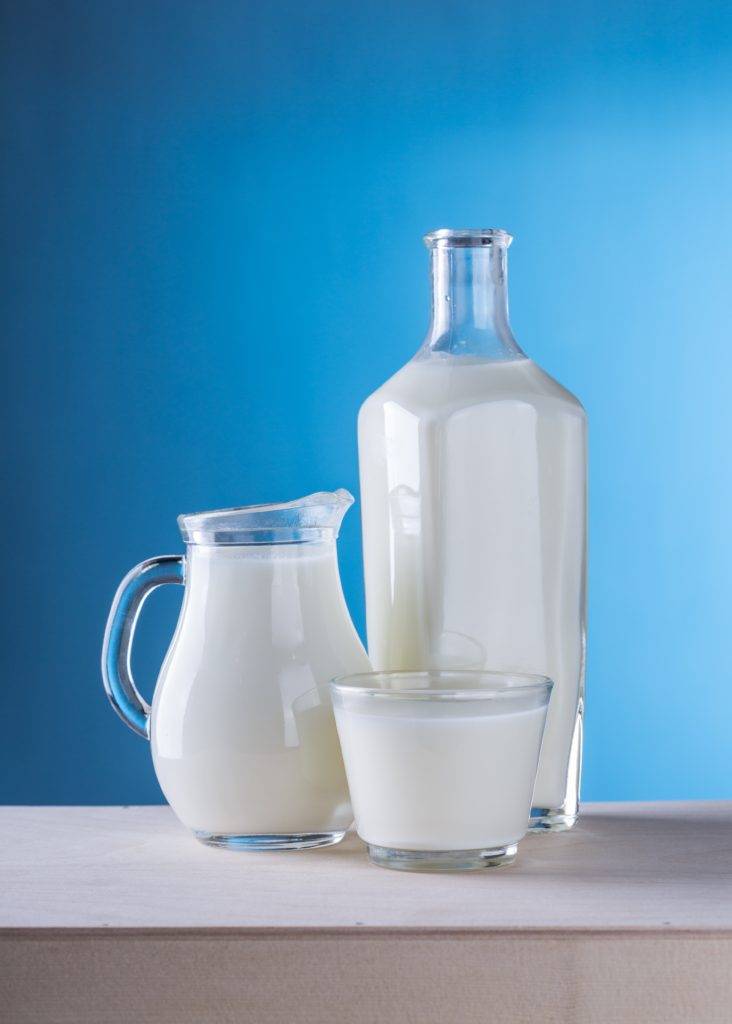
Low vitamin D intake is also common not only in developing countries, but in developed ones as well. In the U.S., 42% of the population is vitamin D-deficient. Although most vitamin D that we get is from exposure to sunlight, it is oftentimes not enough. In fact, today, Americans get most of this micronutrient in fortified foods, particularly milk, which is naturally low vitamin D.
Vitamin-D fortified milk was first produced in 1933. This was when the working children lacked a healthy diet and exposure to sunlight. A lifestyle like this would lead to Rickets, a skeletal disease in which the bones soften and deform as a result of lack of vitamin D intake.
You might also like: What Is Fortified Milk?
At acidic pH levels, whey is soluble. Because of this, whey protein is ideal in boosting the level of proteins of acidic beverages that fall as sport drinks. And since it is hydrophilic and capable of binding a lot of water, it does not precipitate at its iso-electric point, unlike most proteins. Bakeries also use whey protein in their baked products.
ENRICHED REFERS TO THE ADDED NUTRIENTS THAT WERE LOST DURING PROCESSING
While fortification talks about the mere addition of micronutrients, enrichment, on the other hand, refers to the addition and replacement of nutrients lost during processing. Nearly all processing methods decrease the amount of nutrients in food. The actual level of reduction varies, depending on several factors. Processes that involve exposure of food to elevated temperature, oxygen, and light result in more losses. Because of this, processed foods such as bread, milk, and pasta are common subjects for enrichment.
You might also like: Everything You Need To Know About Lactose Intolerance
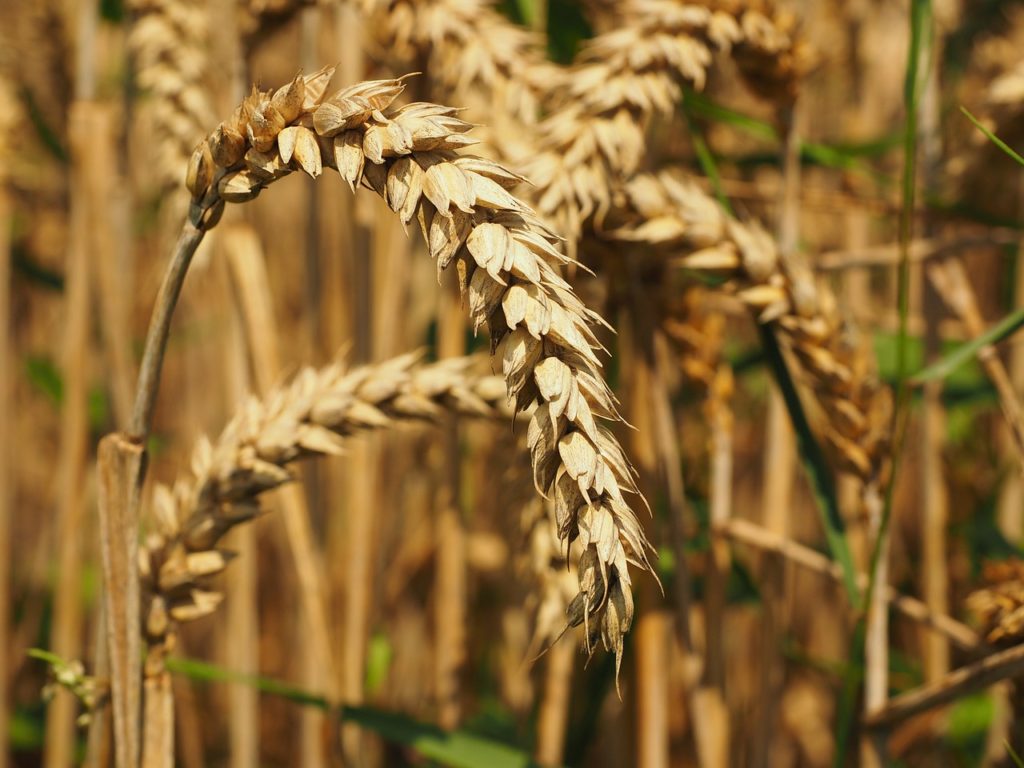
In flour milling, micronutrients suffer heavy losses. This is because milling is one stressful process, particularly during refining, in which removing the bran and germ, while leaving only the white endosperm, results in a significant decline in nutrients, particularly in B-vitamins and minerals.
To label as enriched flour, respective levels of micronutrients must be attained back.
According to the U.S. Food and Drug Administration (FDA) a pound of enriched flour should contain at least 2.9 mg of thiamin (B1), 1.8 mg of riboflavin (B2), 24 mg of niacin (B3), 0.7 mg of folic acid (B9), and 20 mg of iron. Some manufacturers also add other vitamins, zinc, and calcium at levels beyond or not present originally in the grain.
The U.S. first fortified flour and bread with iron and vitamins at the start of the Second World War to build strong, and healthy armies.
You might also like: Whole And Refined Grains: What’s The Difference?
Nowadays, fortification of white rice with vitamins and minerals is more common. One way to do this is by coating the grains with thiamin and niacin in powder form. After this, waterproofing and drying follow. Then the grains are coated again with iron and then dried once more.
FORTIFICATION AND ENRICHMENT PRACTICES AROUND THE WORLD
Australia and New Zealand
In Australia, the addition of folic acid in bread is mandatory. Leafy greens, asparagus, citrus fruits, and broccoli are rich in this micronutrient. It aids in healthy growth and development, particularly in babies during pregnancy. While most types of bread covers this fortification rule, organic bread and breads based on rice, corn or rye are an exception. Another country in Oceania, New Zealand, has chosen for a voluntary fortification standard for folic acid in baked products.
You might also like: Why Organic Foods May Not Be Better
The Philippines
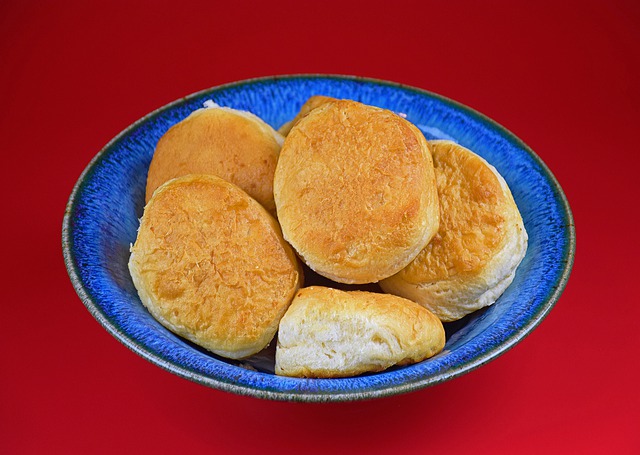
In the Philippines, the government has set the mandatory fortification of food products that are consumed on a daily basis. Currently, the available products of fortification include iron-fortified rice, vitamin A and iron-fortified wheat flour (pandesal), iron-fortified refined sugar, and vitamin A-fortified cooking oil. Depending on future nutrition-based national surveys, more staple foods will be set as a subject for fortification.
Using the Sangkap Pinoy Seal Program (SPSP), the government also encourages manufacturers to fortify their products with essential nutrients. Although SPSP is voluntary, manufacturers must follow the standard set by the Department of Health (DOH).
African nations
Africa, specifically the sub-Saharan Africa, accounts for over half of malnutrition globally. Studies have shown that food fortification is an effective way of mitigation.
Since Africa has more native grains (wheat flour, maize flour, and rice) than any other continent, they are the main focus of the food fortification programs in the region.
27 African countries have set the mandatory fortification of wheat flour. And mandatory fortification of maize flour is also in effect in 10 of these countries.
The countries of the Democratic Republic of Congo, The Gambia, Lesotho, Namibia, Sierra Leone, and Swaziland voluntarily fortify the majority of their industrially milled wheat flour. In Lesotho and Namibia, more than half of their production of maize flour is fortified, although it is not mandatory.
Vietnam
In Vietnam, the staple foods, including salt, wheat flour, and vegetable oil are a part of the national mandatory food fortification program. The minerals iodine, iron, zinc, and vitamin A are essentials that the WHO figured to be of concern. Iodine deficiency is particularly high in the given population. The Multiple Indicator Cluster Survey of 2011 revealed that only 45% of the households consume iodized salt, far below the global recommendation of 90% based on the universal salt iodisation. Zinc deficiency is also very high among children (69%) and pregnant women (80%). Individuals with low zinc in their diet have increased risk of growth retardation and weak immune system.
United Kingdom
In the United Kingdom, the mandatory fortification of white flour with micronutrients, including calcium, iron, vitamins B (thiamine and niacin) has been in effect since the 1940s, in the beginning of WWII, to address the common micronutrient deficiencies in the region back then. Margarine is also fortified with vitamin A and D.
Are you a part of a manufacturing industry? For more on food fortification, refer to this WHO guidelines.
Other references:
V. Vaclavik, E. Christian. (2013). Essentials of Food Science (4th Edition). Springer, New York
Mayo Clinic, University of California, and Dole Food Company. (2002). Encyclopedia of Foods. Elvisier
